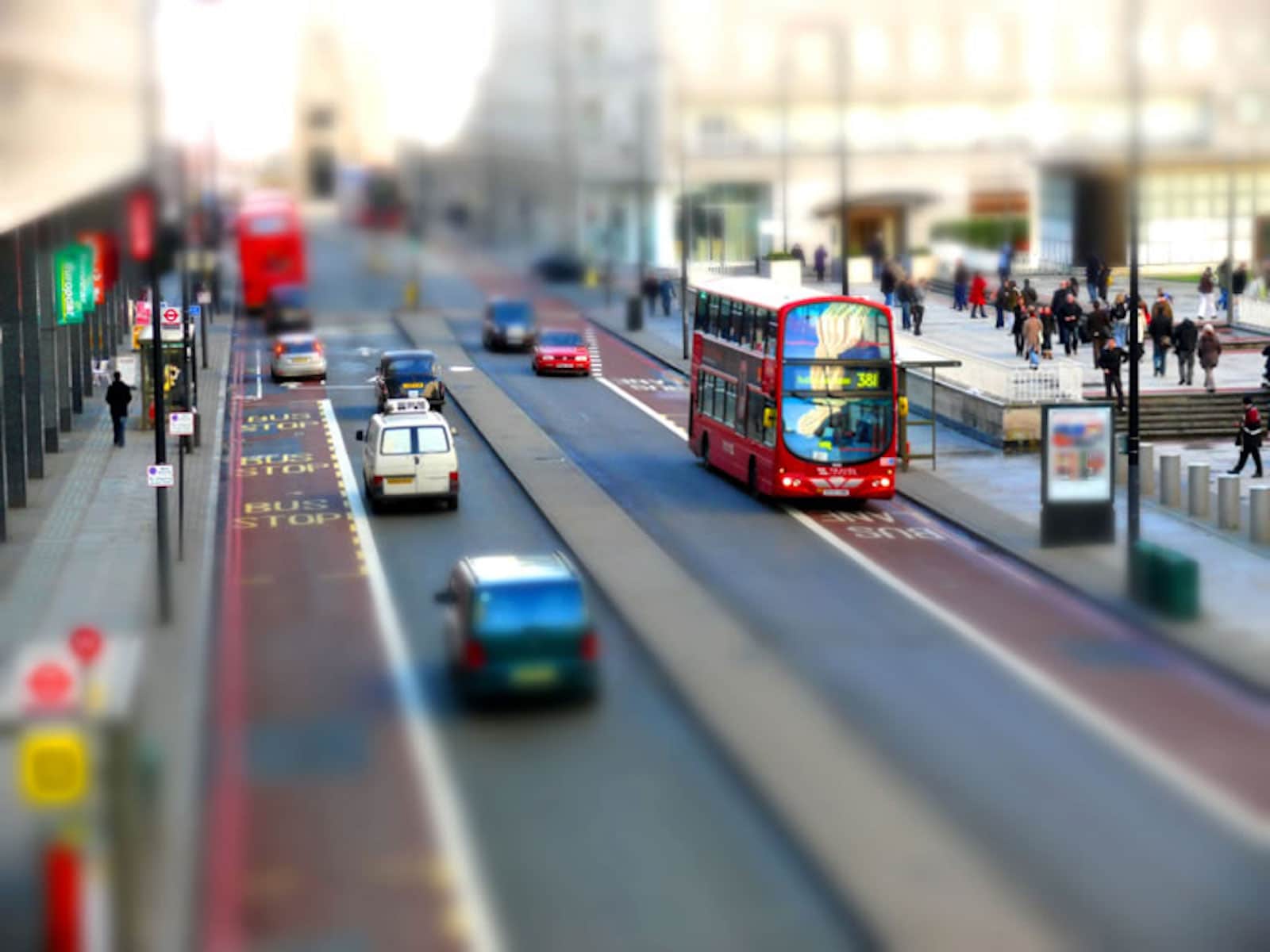
You can shift the camera upwards so that the upper part of the tree is in the frame, while still allowing the tree to appear straight. Here is where the tilt-shift lens can be of use. But the issue with pointing your camera at an upwards angle is that it distorts the lines of the trees – rather than standing straight, the upwards angle creates the illusion of the trees bending in towards each other. You want to angle your camera upwards, to capture the branches of the trees. What is a real-world example for a tilt-shift lens that isn’t architectural photography? Imagine that you’re photographing some trees in the woods. You can then merge the composite images in Photoshop, to create the perfect panorama. The shifting lens allows you to shoot three bracketed images of different areas, all while the camera remains static. Tilt-shift lenses are excellent devices for shooting panoramas, as you don’t have to pan the camera. The lens can also shift up and down or side to side, to change perspective control, and to shoot panoramas. The lens can tilt to varying angles to change a plane of focus or to maximise or minimise a depth of field. Photographers who practice miniature faking use the tilting function of the tilt-shift lens to create a high angle, creating the effect of looking down at the scene.

The blurred effect can be done in-camera, or by digitally editing the photo. This is done by blurring parts of the photo to simulate the shallow depth of field, which makes the miniature look like real-life close-up photography. ‘Miniature-faking’ is the process of making a photograph of a life-size location look like a photograph of a miniature scale model. It has also become closely associated with miniature-faking.

In this article on tilt-shift photography for beginners, we will be covering:Īs we mentioned, tilt-shift photography was designed for and is still used for architectural photography. However, uses for tilt-shift lenses have evolved – photographers enjoy using them as it gives them wider areas to capture. Having a shifting lens is important for architectural photography, as shooting at the wrong angle distorts the lines of the building design which renders the photos useless for architects. Tilt-shift lenses were originally designed for architectural photography to correct the perspectives of buildings in photographs. Tilt-shift photography is photography using a tilt-shift lens.


 0 kommentar(er)
0 kommentar(er)
